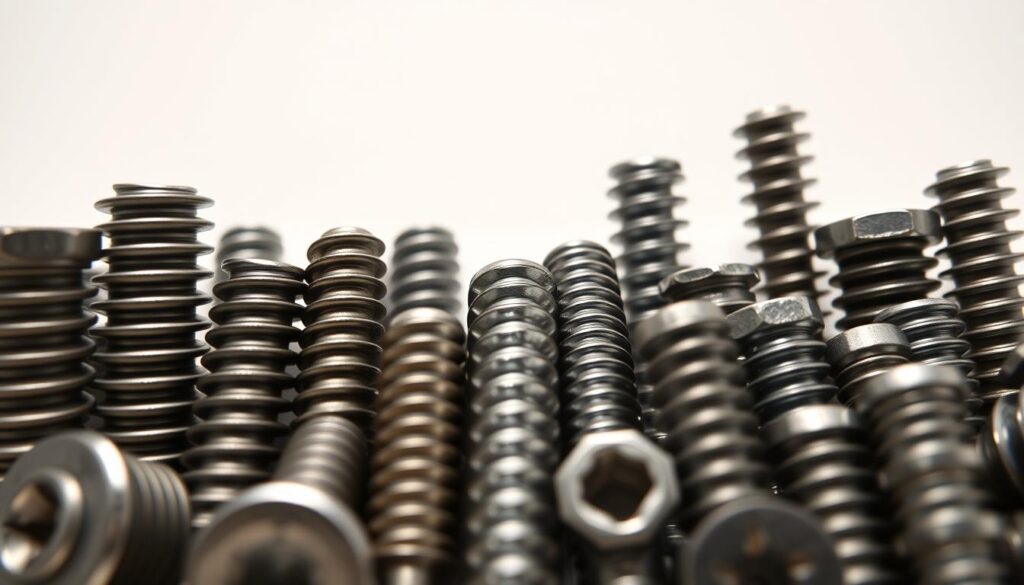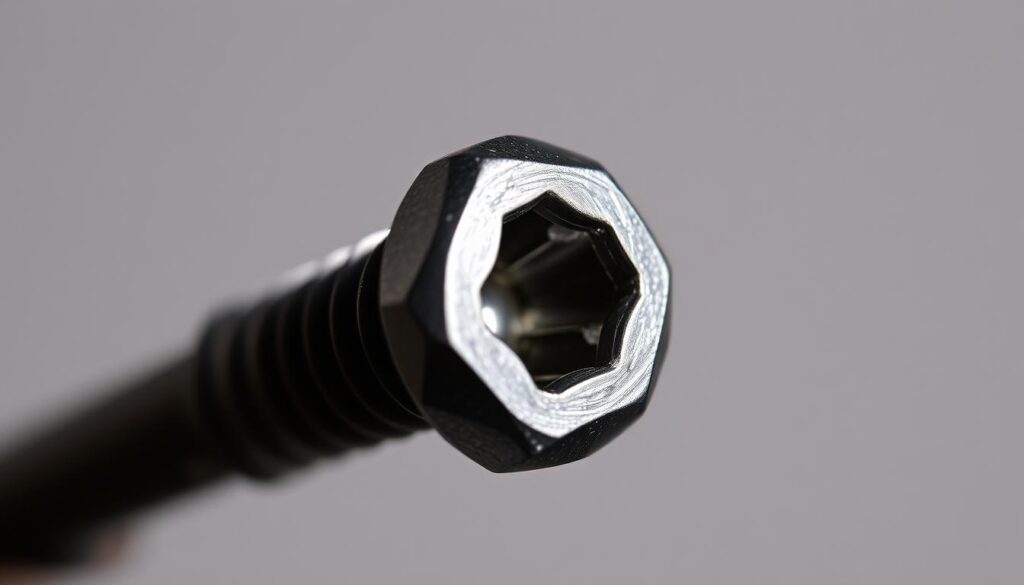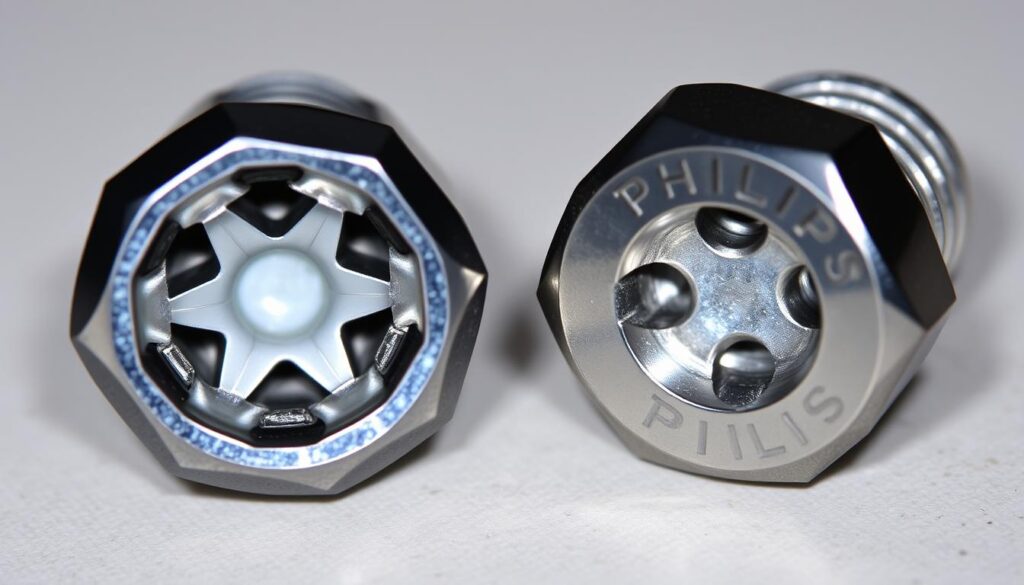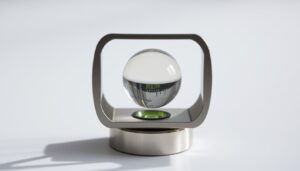Are you aware of the subtle yet significant differences between the screws that hold your devices together? When it comes to choosing between Torx and Phillips screws, understanding their unique characteristics is crucial for any DIY enthusiast or professional.
The design of the screw head and the corresponding drive type play a pivotal role in determining the performance and usability of these screws in various applications.
This comprehensive guide will delve into the fundamental differences between these two popular screw types, helping you make informed decisions for your projects.
Key Takeaways
- Understand the historical development and evolution of Torx and Phillips screw drive systems.
- Learn about the technical advantages and limitations of each screw type.
- Discover how the distinctive head designs impact torque transmission and resistance to stripping.
- Find out which screw type is best suited for your specific needs, from DIY projects to industrial applications.
- Gain insights into the performance capabilities of Torx and Phillips screws.
Understanding Screw Head Designs
Understanding the intricacies of screw head designs is essential for choosing the right screw for your project. The design of screw heads significantly impacts their performance and usability.

The Evolution of Screw Technology
The evolution of screw technology has led to various innovations, from basic slotted designs to more sophisticated drive systems. The Phillips screw type, named after Henry F. Phillips, revolutionized industrial assembly processes in the mid-20th century. Its distinctive design quickly became a standard in manufacturing. Later, the Torx screw was developed by Camcar Textron in 1967 as a more advanced fastening solution.
Why Screw Head Design Matters
The specific geometry of screw heads significantly impacts their performance. The shape affects torque transfer, resistance to stripping, and compatibility with various tools. Different materials and manufacturing processes also contribute to screw head durability and performance. Choosing the appropriate screw head design is crucial for project success, affecting everything from installation ease to long-term fastener reliability. As a result, understanding screw head designs is vital for achieving optimal results in your projects.
Phillips Screws: Features and Applications
Understanding the characteristics of Phillips screws is crucial for their effective application. You will find that Phillips head screws are ubiquitous in many sectors, including consumer electronics and automotive components.
Design and Shape Characteristics
The Phillips head screw features a distinctive cross-shaped recess with rounded corners. This design allows screwdrivers to easily engage and rotate the screw. The tapered profile of the recess affects the engagement with screwdrivers and torque transmission. The intentional “cam-out” feature was originally designed as a self-limiting torque mechanism to prevent overtightening in production lines.
Advantages and Limitations
Phillips screws offer several advantages, including their widespread availability, cost-effectiveness, and compatibility with both manual and powered driving tools. However, they have limitations, such as a tendency to cam out under high torque and a higher likelihood of stripping with excessive force. This can present challenges for removal and reuse.
Common Applications and Uses
You will find Phillips head screws in various applications, from consumer electronics and household appliances to automotive assembly and general construction. The standardised numbering system (PH0, PH1, PH2, etc.) helps in selecting the correct driver for your fasteners. Understanding the specific requirements of your project will ensure the effective use of Phillips screws.
Torx vs Phillips Screws Explained: Performance Comparison
Torx and Phillips screws exhibit different performance characteristics, influenced by their respective designs and materials. Understanding these differences is crucial for selecting the right fastener for your project.
Torque Transmission and Cam-Out Resistance
Torx screws feature a six-pointed star-shaped recess that provides superior torque transmission and reduced slippage. The hexalobular design of the Torx socket allows force to be closer to a 90-degree angle in each corner, making it stronger and more resistant to rounding. In contrast, Phillips screws are more prone to cam-out, where the screwdriver slips out of the screw head, potentially damaging the surrounding material.
For instance, when driving screws into hardwood, Torx screws maintain a secure grip, while Phillips screws may slip or strip. You can explore more about the differences between Torx and Phillips screws in this detailed article on the battle of the screws.
| Screw Type | Torque Transmission | Cam-Out Resistance |
|---|---|---|
| Torx | High | High |
| Phillips | Medium | Low |
Durability and Stripping Resistance
The parallel-walled recess design of Torx screws dramatically reduces the stripping and wear that commonly affects Phillips heads. As a result, Torx screws are more durable and less likely to be damaged during installation or removal. Premium steel Torx screws often outperform even high-quality Phillips fasteners in demanding applications.

Ease of Use and Tool Compatibility
Torx screws provide more surface contact area and consequently better bit-to-screw connection during operation. This enhances the overall ease of use and reduces the risk of tool slippage or damage. While Torx screws may require specific drivers, their benefits in high-torque applications make them a preferred choice among professionals.
In conclusion, when choosing between Torx and Phillips screws, consider the specific demands of your project. For high-stress applications or when working with hardened materials, Torx screws offer superior performance and durability.
Choosing the Right Screw for Your Project
To choose the most suitable screw for your project, you need to consider several factors, including torque requirements and precision expectations. The decision between Torx and Phillips screws depends on various application-specific requirements.
When evaluating screw heads, consider the drive type, screw material, and surface finish. For high-precision industries like computer hardware and aerospace components, Torx screws are often preferred due to their superior torque transmission and cam-out resistance.
For other applications such as woodworking, furniture assembly, or electronics repair, Phillips screws might be more suitable. It’s essential to match your screwdriver selection to your chosen fasteners and maintain proper bit quality to prevent damage to both tools and screw heads.
- Consider the required torque levels and installation method (hand vs. power tools) for your project.
- Evaluate the reusability expectations and environmental conditions that may affect your screw choice.
- Assess the cost, availability, and compatibility with existing tools that might influence your screw selection process.
By considering these factors and understanding the characteristics of different screw types, you can make an informed decision that meets your specific needs. As fastener technologies continue to evolve, staying informed about emerging trends will help you adapt to new standards and best practices.



